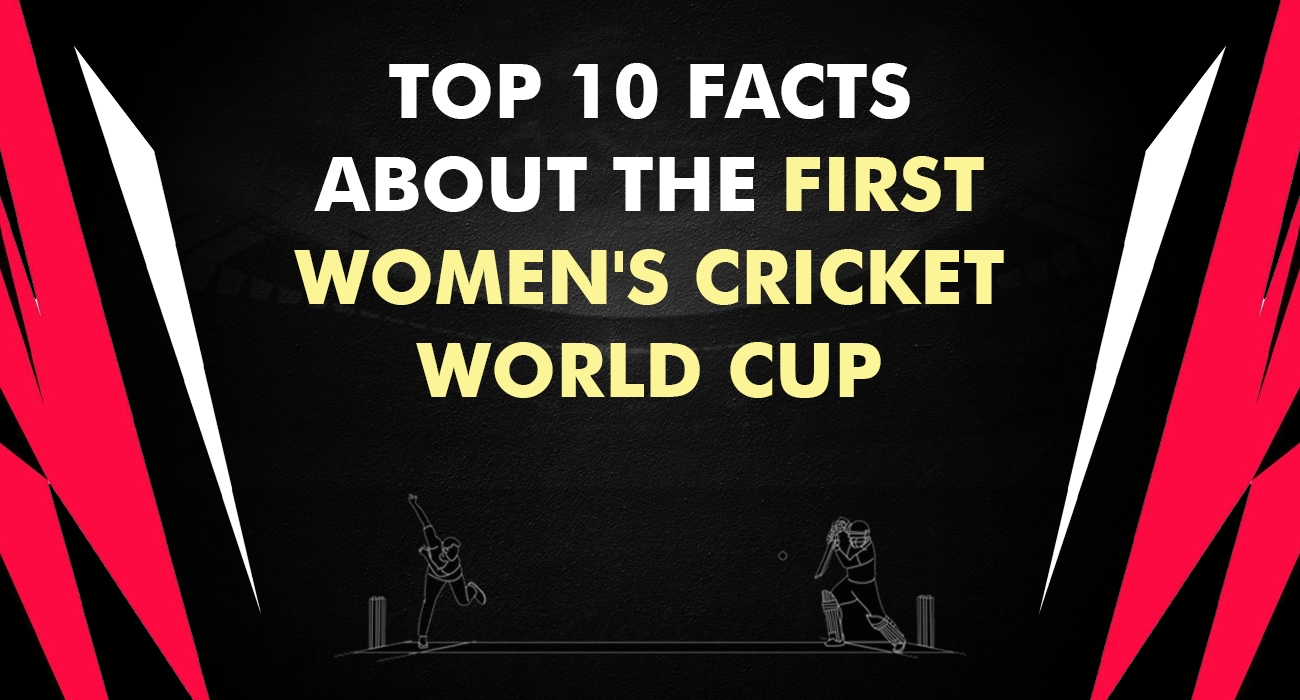Top 10 Facts about the First Women’s Cricket World Cup
A significant turning point in the history of women’s sports was the first Women’s Cricket World Cup. This 1973 competition set the stage for women’s cricket to gain international prominence and flourish. Let’s explore the top 10 facts about the inaugural Women’s Cricket World Cup as we commemorate the history of women’s cricket.
- Beginning of a Legacy
Just two years before the tournament was held, in 1971, the idea for a Women’s Cricket World Cup was initially put up. The captain of the England women’s cricket team, Rachael Heyhoe-Flint, was instrumental in making this idea a reality. The inaugural Women’s Cricket World Cup was established as a result of her perseverance and campaigning.
- England is the Birthplace
England hosted the tournament’s first edition in 1973. Several famous cricket grounds, such as Swansea’s St Helen’s Rugby and Cricket Ground and Birmingham’s Edgbaston Cricket Ground, hosted matches. The competing teams, England, Australia, and the West Indies, created history by taking part.
- Restricted Overs Table
The first Women’s Cricket World Cup adopted the limited overs format, which is different from the conventional test format. The way women’s cricket was played changed significantly when each team had to play 60 overs every innings. This modification made the game more exciting and spectator-friendly, which helped to establish the foundation for the current structure of women’s cricket.
- England is Victorious
The host country, England, won the inaugural Women’s Cricket World Cup. Throughout the competition, the England squad, captained by Rachael Heyhoe-Flint, displayed extraordinary talent and tenacity. England made cricket history when they defeated Australia by 92 runs in the final, which was played at Edgbaston.
- Historical Eras
Some outstanding individual performances were seen during the competition. The first-ever century in the history of the Women’s Cricket World Cup was scored by English cricketer Enid Bakewell, making history. Her remarkable 118-run innings in the group-stage match against Australia established a standard for the kind of fierce rivalry and skill that would characterize subsequent championships.
- Pioneering Individuals
The skill and tenacity of trailblazing players who cleared the path for later generations were on display at the inaugural Women’s Cricket World Cup. In women’s cricket, figures like Australia’s Sharon Tredrea, Enid Bakewell, and Rachael Heyhoe-Flint blazed new paths and encouraged a lot of young girls to play the game.
- Minimal Acknowledgment
Despite being a momentous occasion for women’s cricket, the competition was firstly less well-known than it was for men’s cricket. The lack of funding and media attention highlighted the difficulties experienced by women in sports during that time. Though attitudes did progressively shift, the inaugural Women’s Cricket World Cup was a significant factor in that.
- Tournament Development
The Women’s Cricket World Cup has evolved since it began in 1973, adding teams, switching to the Twenty20 format, and garnering a great deal of support and popularity. This expansion highlights the tournament’s critical role in promoting global exposure and respect for women’s cricket. It also shows changing attitudes towards female athletes and significant improvements in women’s sports.
- Worldwide Development
With just three teams playing in the inaugural Women’s Cricket World Cup, the competition’s worldwide reach has grown dramatically. Teams from all around the world compete nowadays, which reflects the popularity and extensive growth of women’s cricket. The occasion now serves as a stage for exhibiting talent from many cricketing nations.
- Motivating Upcoming Generations
Aspiring cricket players from throughout the world carry the legacy of the inaugural Women’s Cricket World Cup in their hearts and thoughts. In addition to laying the groundwork for women’s cricket, the competition encouraged upcoming female athletes to follow their enthusiasm for the game. Those who aspire to leave their imprint on the cricket pitch find encouragement in the tenacity and talent exhibited by the pioneers of 1973.
The inception of the Women’s Cricket World Cup in 1973 was a watershed moment that established the groundwork for the international showcase of women’s cricket. This first-ever competition, which took place in England, found the limited-overs structure, included players who were trailblazers, and motivated a new generation of players. It set off a journey of transformation, acknowledging the difficulties encountered and the successes attained, transforming women’s cricket into the global phenomenon it is today. For enthusiasts looking to engage with the excitement of the sport, exploring the Best Cricket Betting Sites in India can add an extra layer of enjoyment to the thrilling world of women’s cricket.
Also read: Which Indian Cricketer Has Made the Most Sixes in ODI? (khelraja.live)






